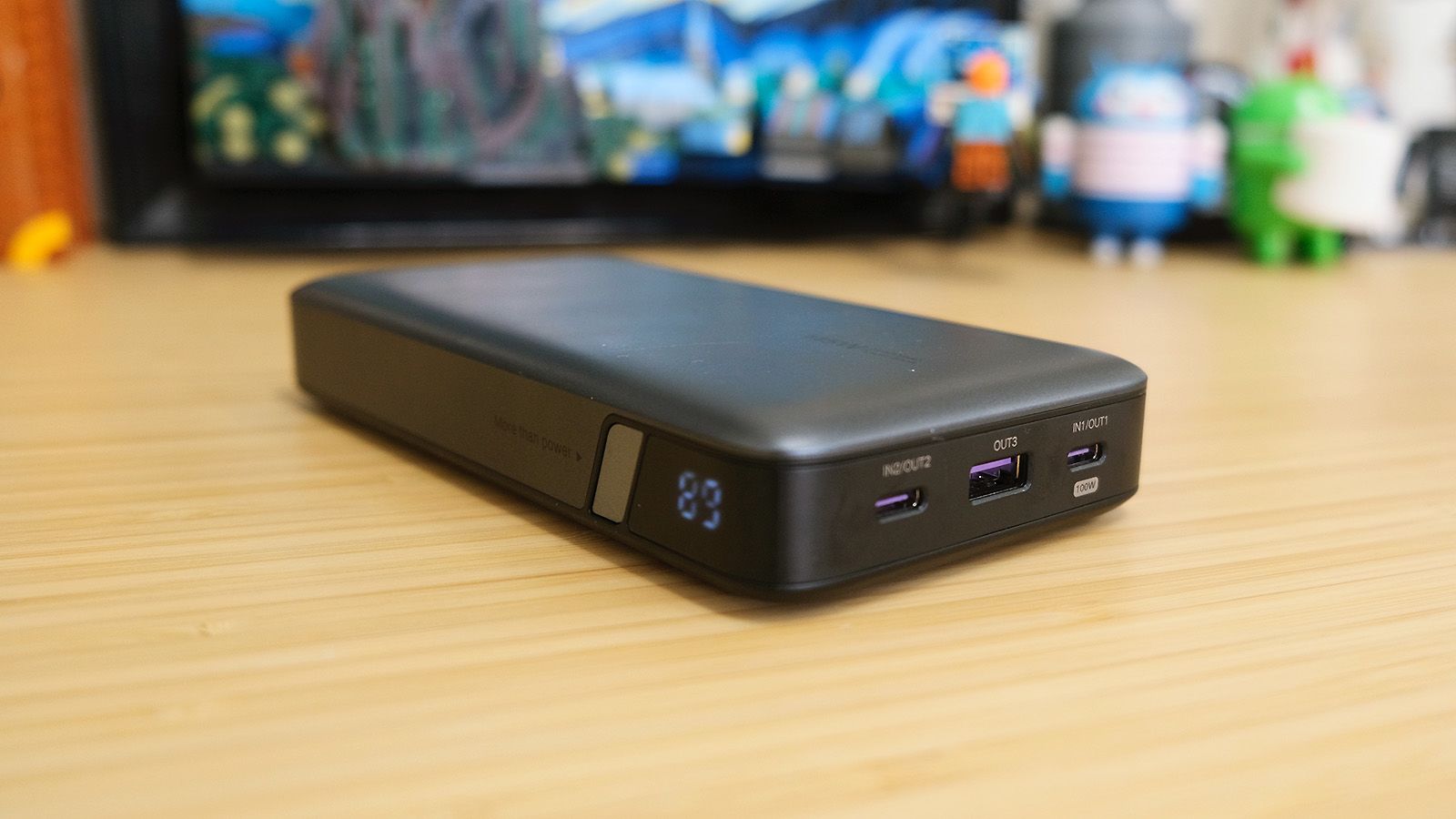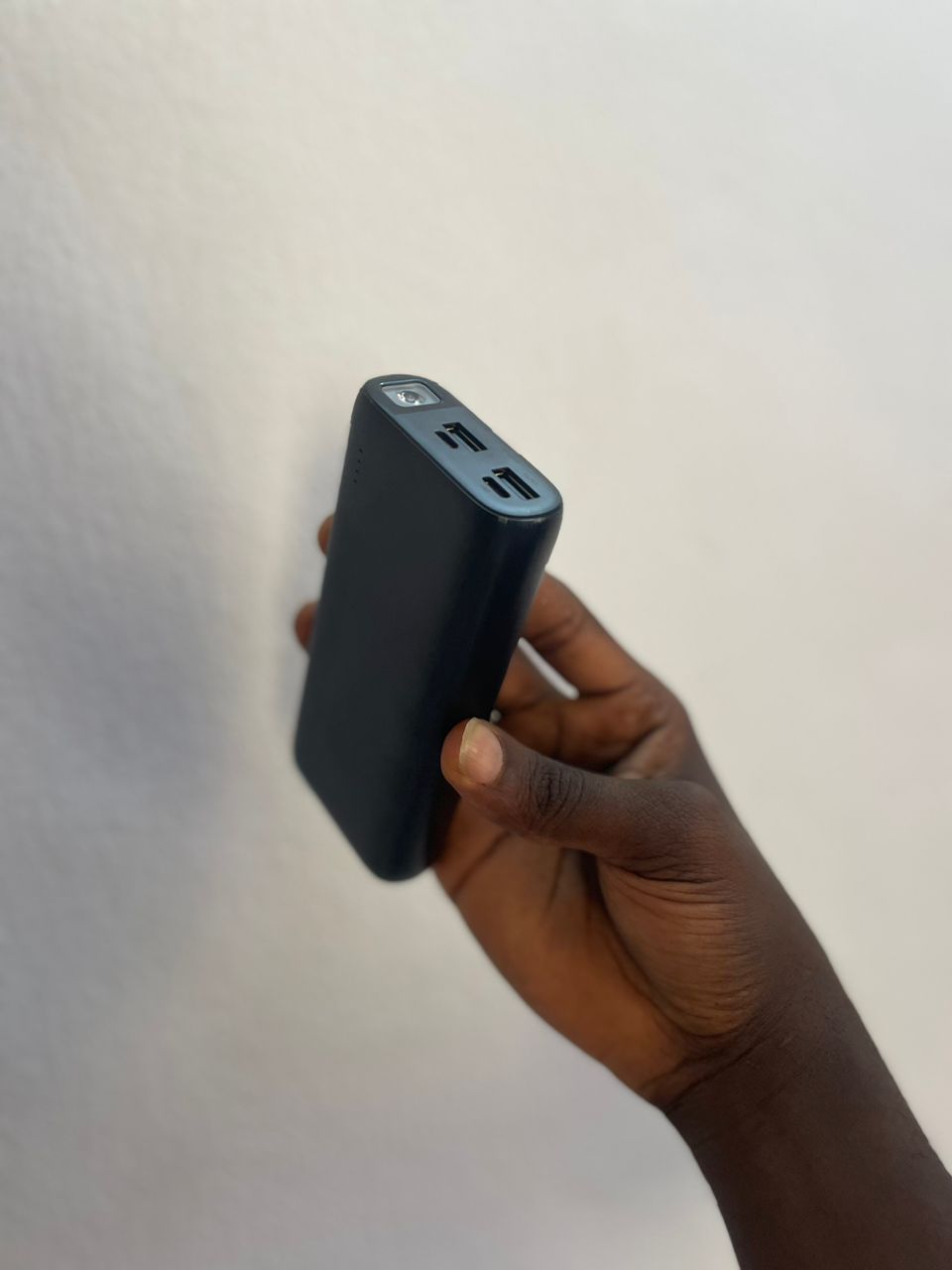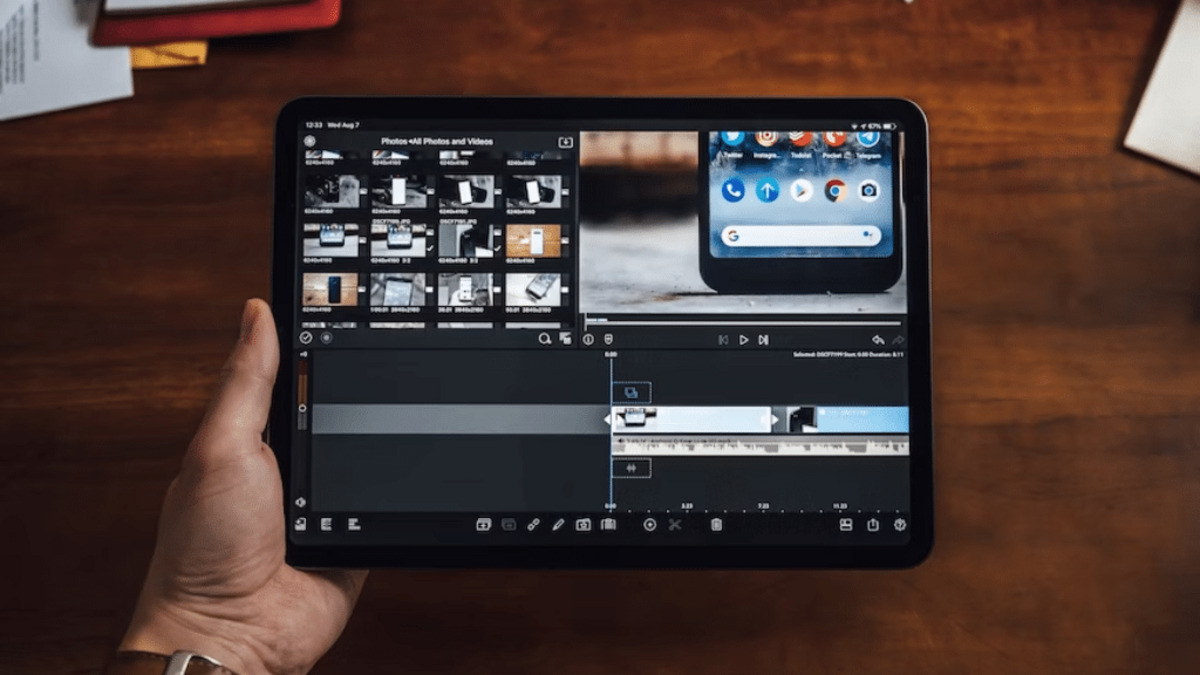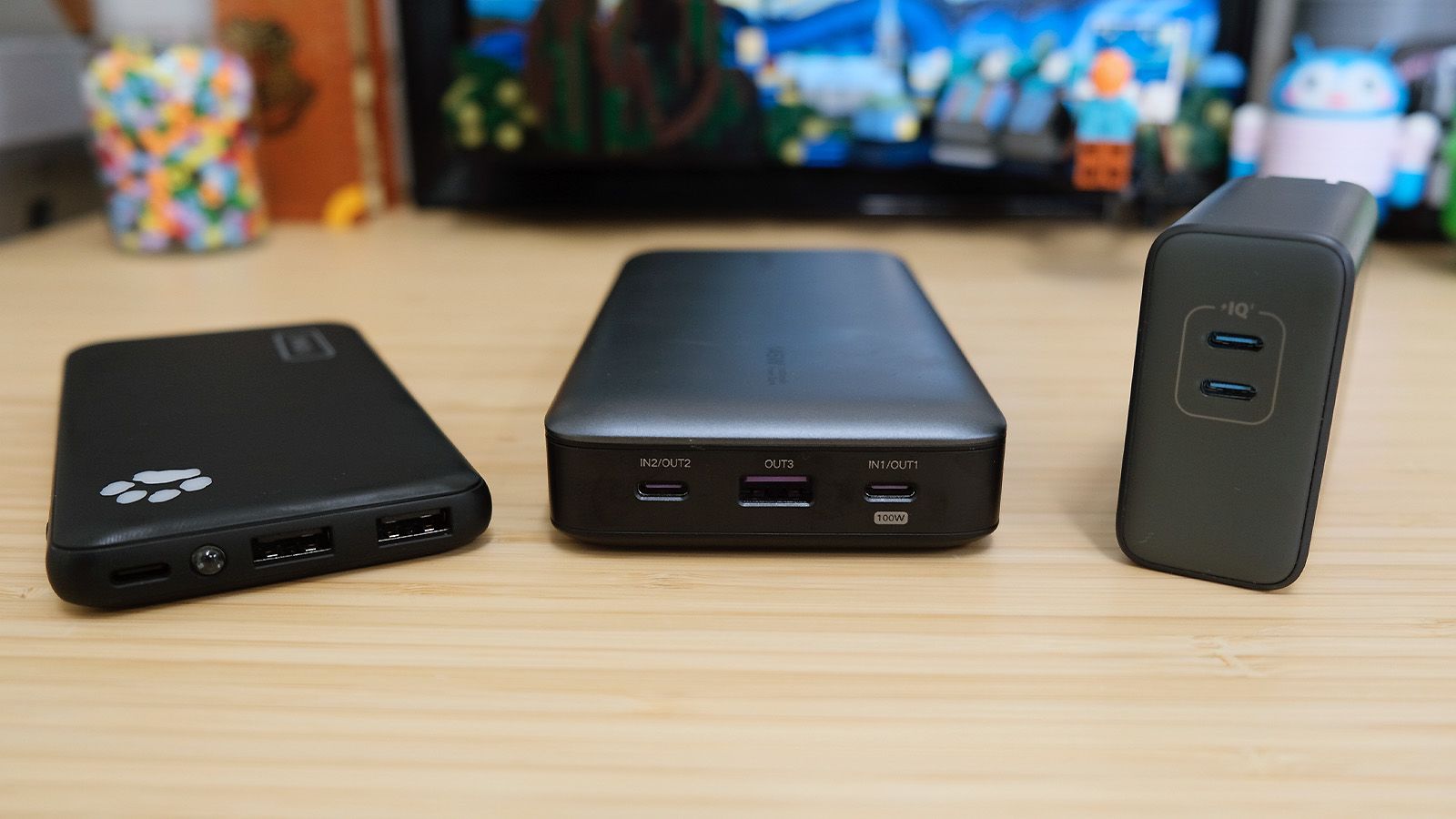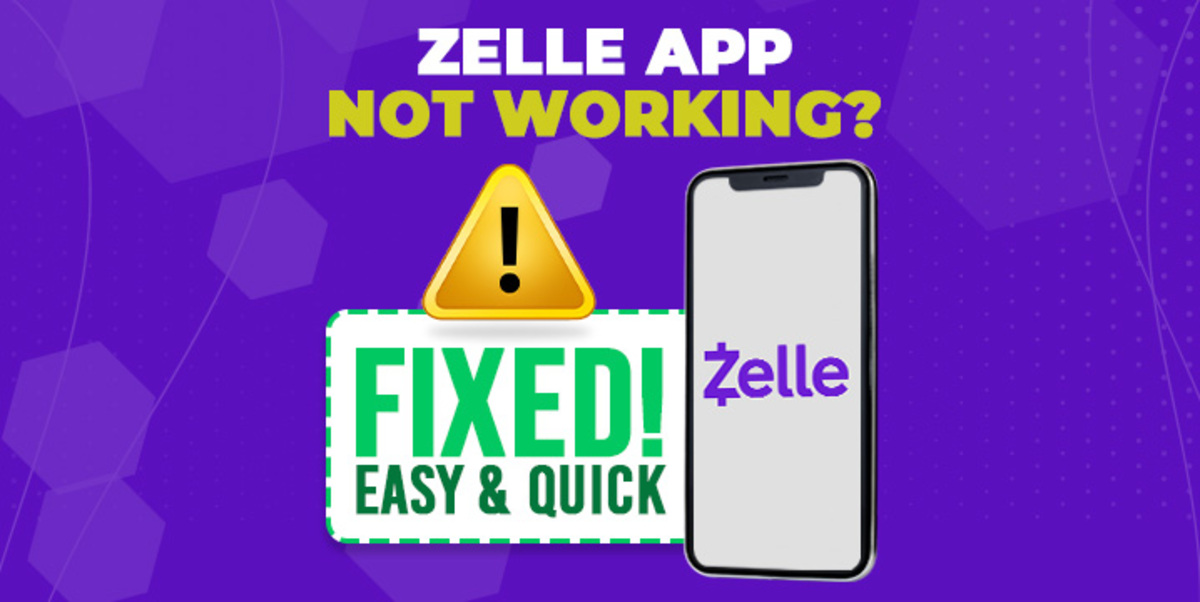Introduction
A power bank is a portable device that has become an essential accessory for our increasingly connected lives. It provides a convenient way to recharge our smartphones, tablets, and other electronic devices on the go. However, you may have experienced a frustrating situation where your power bank keeps turning off unexpectedly. This can be both inconvenient and worrisome, especially when you rely on your power bank to keep your devices powered throughout the day.
In this article, we will explore the possible reasons behind why your power bank keeps turning off and provide some practical solutions to fix this issue. Whether you are a frequent traveler, a busy professional, or a tech enthusiast, understanding these potential causes and troubleshooting steps can help you ensure that your power bank functions reliably when you need it most.
So, if you are tired of encountering unexpected power bank shutdowns and want to regain your peace of mind, read on to learn more about why this may happen and how to resolve it.
What is a power bank?
A power bank, also known as a portable charger, is a device that stores electrical energy and is used to recharge electronic devices such as smartphones, tablets, laptops, and even cameras. It functions as an external battery pack that allows you to charge your devices without requiring access to a wall outlet.
Power banks consist of a lithium-ion or lithium-polymer battery, circuitry, and various input and output ports. The capacity of a power bank is typically measured in milliampere-hours (mAh) or watt-hours (Wh). The higher the capacity, the more charge it can hold and provide to your devices.
Power banks come in different sizes, shapes, and designs. There are compact pocket-sized power banks that can fit in your palm and larger ones with higher capacity for extended charging. Some power banks also offer additional features like multiple USB ports, LED indicators, built-in cables, wireless charging, and fast charging support.
Using a power bank is relatively simple. You charge the power bank by connecting it to a power source like a wall adapter or a computer using the provided cable. Once fully charged, you can plug in your devices into the power bank using their respective charging cables, and the power bank will supply the necessary power to recharge them.
In today’s fast-paced and mobile-dependent world, power banks have become increasingly popular. They offer convenience and peace of mind, ensuring that you can stay connected and powered up even when you are away from a power outlet. Whether you are on a long journey, attending a conference, or simply out and about, a power bank is a handy gadget to have in your bag or pocket.
Why does my power bank keep turning off?
Experiencing frequent power bank shutdowns can be frustrating, and understanding the reasons behind this issue is essential to find appropriate solutions. Here are some common factors that may cause your power bank to keep turning off:
- Insufficient charge: One of the primary reasons why your power bank may turn off unexpectedly is when it doesn’t have enough charge to sustain the devices you are trying to charge. If the power bank’s battery level is low, it may automatically shut down to conserve energy.
- Overheating: Power banks can generate heat while charging devices. If the internal temperature of the power bank exceeds a certain threshold, it may shut down to prevent damage. Overheating can be caused by using the power bank in high-temperature environments or by charging power-hungry devices that generate excessive heat.
- Compatibility issues: Another possible reason for power bank shutdowns is compatibility issues between the power bank and the device you are trying to charge. Power banks may have different output voltages and current levels, and if these do not match the requirements of your device, it can lead to sudden power bank shutdowns.
- Defective power bank: In some cases, a defective power bank may be the culprit behind the frequent shutdowns. Manufacturing defects or internal faults can cause the power bank to malfunction and turn off unexpectedly.
Identifying the specific cause of your power bank’s shutdowns is crucial in finding the right solution. In the following sections, we will explore troubleshooting steps to prevent these issues and fix a power bank that keeps turning off. By addressing these potential causes and implementing the suggested solutions, you can ensure a reliable and uninterrupted power supply from your power bank.
Insufficient charge
One of the primary reasons why your power bank may keep turning off is due to insufficient charge. Power banks need to have enough energy stored in their batteries to provide power to your devices. If the battery level of your power bank is low, it may automatically shut down to conserve energy.
To address this issue, ensure that you charge your power bank fully before using it. Plug the power bank into a wall outlet or connect it to a computer using the provided cable. Let it charge until the battery is at its maximum capacity. Most power banks have LED indicators that show the battery level, allowing you to monitor the charging progress.
Additionally, consider using a power bank with a higher capacity if you frequently encounter insufficient charge. A power bank with a higher mAh rating will provide more power and allow you to charge your devices multiple times before needing a recharge.
It’s also important to note that the charging speed of your power bank can vary depending on factors such as the power source (wall adapter or computer), the quality of the charging cable, and the power bank’s own circuitry. Using a high-quality charging cable and a reliable power source can help optimize the charging process and ensure that your power bank is fully charged and ready to use when you need it.
By addressing the issue of insufficient charge, you can minimize the chances of your power bank turning off unexpectedly and ensure a consistent and reliable power supply for your devices.
Overheating
Overheating is another common reason why your power bank may keep turning off. Power banks can generate heat while charging devices, and if the internal temperature exceeds a certain threshold, the power bank may shut down to prevent damage or potential hazards.
There are several factors that can contribute to power bank overheating:
- High-temperature environments: Using your power bank in extremely hot environments can cause it to overheat. Excessive heat can impact the performance and safety of the power bank, leading to automatic shutdowns. Avoid exposing your power bank to direct sunlight or keeping it near sources of heat such as heaters or hot surfaces.
- Power-hungry devices: If you frequently charge power-hungry devices like tablets or laptops that require a high charging current, it can generate more heat during the charging process. The power bank may struggle to dissipate the heat efficiently, leading to overheating and subsequent shutdowns.
To prevent or mitigate power bank overheating, follow these tips:
- Avoid using the power bank in extreme temperatures: If you are in a hot environment, try to keep your power bank in a shaded and well-ventilated area to minimize heat build-up. Likewise, in extremely cold environments, ensure that your power bank is protected from freezing temperatures.
- Choose a power bank with temperature protection: Consider investing in a power bank that has built-in temperature protection mechanisms. These power banks are designed to monitor and regulate the internal temperature, preventing overheating and potential damage.
- Charge devices one at a time: If you often charge multiple devices simultaneously, it can put a strain on the power bank and contribute to overheating. Try charging your devices one at a time to reduce the heat generated during the charging process.
- Allow cooling breaks: If you notice that your power bank is becoming hot during use, give it a break and allow it to cool down before continuing. This can help prevent overheating and improve the overall performance and lifespan of your power bank.
By taking these precautions and managing the temperature of your power bank, you can minimize the risk of overheating and ensure that it functions optimally, providing a reliable power supply for your devices.
Compatibility issues
Compatibility issues between your power bank and the device you are trying to charge can also be a reason for it to keep turning off. Power banks have different output voltages and current levels, and if they do not match the requirements of your device, it can lead to unexpected shutdowns.
Here are a few aspects to consider to ensure compatibility:
- Output voltage: Verify that the power bank’s output voltage matches or is compatible with the input voltage of your device. Most devices have a specific voltage requirement, and using a power bank with a different output voltage may result in compatibility issues and potential shutdowns.
- Output current: Pay attention to the output current of the power bank, which is measured in amperes (A) or milliamperes (mA). Some devices, especially tablets and laptops, require higher charging currents. If the power bank cannot supply the necessary current, it may not be able to sustain the charging process, leading to frequent shutdowns.
Additionally, using low-quality or damaged charging cables can also cause compatibility issues and result in power bank shutdowns. Ensure that you use high-quality, certified charging cables that are compatible with both your power bank and your device.
If you’re unsure about the compatibility of your power bank and device, refer to the user manuals or product specifications of both the power bank and the device. If necessary, contact the manufacturer for further assistance or consider investing in a power bank that explicitly states compatibility with a wide range of devices.
By ensuring compatibility between your power bank and your devices, you can avoid unexpected shutdowns and ensure a smooth and uninterrupted charging experience.
Defective power bank
In some cases, the frequent shutdowns of your power bank may be due to a defective unit. Manufacturing defects or internal faults can cause the power bank to malfunction and turn off unexpectedly.
If you suspect that your power bank is defective, here are a few steps you can take to address the issue:
- Contact the manufacturer: If your power bank is still under warranty, reach out to the manufacturer or the retailer from where you purchased it. Explain the issue you are facing and provide any necessary details. They may provide troubleshooting assistance or offer a replacement if the power bank is indeed defective.
- Perform a reset: Some power banks come with a reset button or a reset procedure that you can follow. Resetting the power bank can help resolve minor software or firmware issues that may be causing the unexpected shutdowns. Refer to the user manual or the manufacturer’s website for instructions on how to perform a reset.
- Consider professional repair: If your power bank is no longer under warranty or if the manufacturer or retailer is unable to provide a solution, you may consider taking it to a professional repair service. They can assess the power bank, diagnose any underlying issues, and repair or replace the faulty components accordingly.
It’s important to note that if your power bank shows signs of physical damage, such as a cracked casing or exposed wires, it is recommended to discontinue use and seek professional assistance immediately. Continuing to use a physically damaged power bank can pose safety risks.
While encountering a defective power bank can be frustrating, remember that it is not a common occurrence. Most reputable brands manufacture reliable and high-quality power banks that undergo rigorous testing. However, in rare instances where a defect may occur, following the above steps can help resolve the issue and restore the functionality of your power bank.
How to fix a power bank that keeps turning off
If you are experiencing frequent shutdowns with your power bank, there are several troubleshooting steps you can take to fix the issue:
- Charge the power bank fully: Insufficient charge can be a common cause of unexpected power bank shutdowns. Make sure you charge the power bank fully before using it. Use a reliable power source and let it charge until the battery reaches its maximum capacity. This will ensure a consistent power supply and reduce the chances of sudden shutdowns.
- Keep the power bank cool: Overheating can cause power banks to shut down. Avoid using the power bank in high-temperature environments and keep it in a shaded and well-ventilated area. If you notice the power bank becoming hot during use, give it a break and allow it to cool down before continuing.
- Check compatibility with your device: Ensure that your power bank is compatible with the devices you are trying to charge. Verify that the output voltage and current of the power bank match the requirements of your devices. Using low-quality or damaged charging cables can also lead to compatibility issues and power bank shutdowns.
- Reset the power bank: Some power banks have a reset button or a reset procedure that can help resolve minor software or firmware issues. Refer to the user manual or the manufacturer’s website for instructions on how to perform a reset. This can help restore the power bank’s functionality and resolve any underlying issues that may be causing the shutdowns.
- Contact the manufacturer or seek professional repair: If none of the above solutions work, reaching out to the manufacturer or the retailer from where you purchased the power bank is recommended. If the power bank is still under warranty, they may provide troubleshooting assistance or offer a replacement. If the warranty has expired, consider taking the power bank to a professional repair service for further assessment and possible repair.
By following these steps, you can troubleshoot and fix a power bank that keeps turning off. However, it’s important to keep in mind that power banks can sometimes have limitations and failures due to various factors. If the power bank continues to have issues even after attempting the fixes mentioned above, it may be time to consider replacing it with a new and reliable model.
Charge the power bank fully
Insufficient charge is a common culprit behind power banks turning off unexpectedly. To address this issue, it’s crucial to ensure that you charge your power bank fully before using it.
Here are some steps to follow to charge your power bank properly:
- Use the right power source: Connect the power bank to a reliable power source, such as a wall adapter or a computer USB port. It’s recommended to use the charger or cable that came with the power bank to ensure compatibility and optimal charging performance.
- Check the LED indicators: Most power banks have LED indicators that display the battery level. These indicators help you monitor the charging progress and determine when the power bank is fully charged. Make sure to refer to the user manual to understand the specific meaning of the LED indicators for your power bank model.
- Avoid interruptions: Once you begin the charging process, try to avoid interrupting it until the power bank reaches its maximum capacity. Unplugging the power bank prematurely or using it while it’s still charging can result in an insufficient charge, leading to unexpected shutdowns later on.
- Be patient: Charging a power bank can take some time, especially if it has a high capacity. Patience is key to ensuring a full charge. It’s advisable to leave the power bank connected to the power source overnight or for the recommended duration specified by the manufacturer to ensure a complete charge.
By charging your power bank fully, you ensure that it has enough energy stored to power your devices without encountering frequent shutdowns. Additionally, make it a habit to recharge your power bank as soon as its battery level starts to deplete. Keeping it charged and ready for use can help prevent unexpected shutdowns when you need it the most.
Keep the power bank cool
Overheating is a common cause of power bank shutdowns. To prevent this issue, it’s essential to keep your power bank cool during use.
Here are some tips to help keep your power bank cool:
- Avoid high-temperature environments: Using your power bank in excessively hot environments can lead to overheating. Exposure to direct sunlight or placing it near heat sources can increase the temperature and cause the power bank to shut down. Keep your power bank in shaded and well-ventilated areas to minimize heat build-up.
- Take breaks during charging: If you notice that your power bank is becoming hot while charging, give it a break and allow it to cool down before continuing. Continuous charging for extended periods can generate heat, and taking short breaks can help dissipate the heat and prevent overheating.
- Avoid covering the power bank: During usage, avoid covering the power bank or placing it inside confined spaces. This restricts airflow and inhibits heat dissipation, leading to increased temperatures. Let the power bank have some space for air circulation to keep it cool.
- Use power banks with temperature protection: Consider investing in a power bank that comes with temperature protection mechanisms. These power banks are designed to monitor and regulate the internal temperature, preventing overheating and potential damage.
- Avoid charging power-hungry devices: Charging power-hungry devices like tablets or laptops can generate more heat. If possible, charge such devices directly from a power outlet instead of relying on the power bank. This reduces the workload on the power bank and minimizes the chances of overheating.
Keeping your power bank cool not only prevents unexpected shutdowns but also helps prolong its lifespan. Excessive heat can negatively impact the performance and overall health of the power bank’s battery. By following these tips, you can ensure that your power bank remains cool, efficient, and reliable, providing a steady power supply to your devices.
Check compatibility with your device
Ensuring compatibility between your power bank and the device you are trying to charge is crucial to avoid unexpected shutdowns. Power banks have different output voltages and current levels, and using an incompatible power bank may result in compatibility issues and frequent power interruptions.
Here are a few steps to check compatibility between your power bank and device:
- Verify voltage requirements: Check the voltage requirements of your device and compare them to the output voltage of the power bank. The voltage should match or be within the acceptable range specified by the device’s manufacturer. Using a power bank with a different output voltage can lead to incompatibility and power bank shutdowns.
- Consider the current output: Take into account the output current of the power bank. Some devices, especially tablets and laptops, require higher charging currents. If the power bank’s output current is not sufficient to meet the device’s requirements, it may not be able to sustain the charging process, resulting in unpredictable shutdowns. Choose a power bank with a higher output current if you frequently charge power-hungry devices.
- Use quality charging cables: The quality of the charging cable used can also impact compatibility. Low-quality or damaged charging cables may not deliver the required power or transmit the data accurately, causing issues with charging and potentially leading to shutdowns. Ensure that you use certified, high-quality charging cables that are compatible with both your power bank and your device.
When in doubt, it’s always a good practice to consult the user manuals or product specifications of both the power bank and the device. These documents often provide detailed information about the voltage and current requirements, helping you ensure compatibility.
If necessary, you can contact the manufacturer of your power bank or device for further assistance. They can provide guidance and recommend power bank models that are compatible with your specific device.
By checking compatibility between your power bank and device, you can minimize the chances of unexpected shutdowns and ensure a smooth and uninterrupted charging experience.
Reset the power bank
If you are experiencing frequent shutdowns with your power bank, performing a reset can often help resolve minor software or firmware issues that may be causing the problem.
Here are the steps to reset your power bank:
- Check the user manual: Refer to the user manual that came with your power bank. It should provide specific instructions on how to perform a reset. Look for a section on troubleshooting or resetting the device.
- Look for a reset button: Some power banks have a dedicated reset button. It is usually a small pinhole that can be pressed using a paperclip or a similar tool. Insert the tool into the pinhole and hold it down for a few seconds to initiate the reset process.
- Try a hard reset: If your power bank doesn’t have a reset button, you can try a hard reset. Disconnect all cables and remove any connected devices from the power bank. Then, press and hold the power button or any other buttons on the power bank for around 10-20 seconds. This should force the power bank to reset.
After performing the reset, reconnect your power bank to a power source and observe if the frequent shutdowns persist. In many cases, a reset can resolve minor glitches and restore the proper functioning of the power bank.
If the reset does not solve the issue and the power bank continues to turn off unexpectedly, it may indicate a more significant problem. In such cases, it is advisable to contact the manufacturer’s customer support or seek professional assistance for further troubleshooting or repair.
Remember, resetting your power bank should be one of the initial troubleshooting steps to try. However, if your power bank does not have a reset option or the reset process does not resolve the issue, it may be necessary to explore other solutions or contact the manufacturer for additional assistance.
Conclusion
Experiencing frequent shutdowns with your power bank can be frustrating, but by understanding the possible reasons behind the issue, you can take appropriate steps to fix and prevent it. Insufficient charge, overheating, compatibility issues, and defects are some of the common causes of power bank shutdowns.
To fix a power bank that keeps turning off, make sure to charge it fully before use and keep it cool during operation. Check compatibility with your device, including voltage and current requirements, and use high-quality charging cables. Performing a reset can help resolve minor software or firmware issues that may be causing the problem.
If the issue persists, reach out to the power bank’s manufacturer or seek professional repair if the power bank is out of warranty. It’s important to prioritize safety and discontinue using a physically damaged power bank.
By following these troubleshooting steps and implementing the suggested solutions, you can enhance the reliability and performance of your power bank, ensuring a consistent and uninterrupted power supply for your devices.
Remember, power banks are incredibly useful accessories that provide convenience and peace of mind, allowing you to stay connected and powered on the go. Taking good care of your power bank and addressing any issues promptly will help prolong its lifespan and enable it to serve you reliably for years to come.







